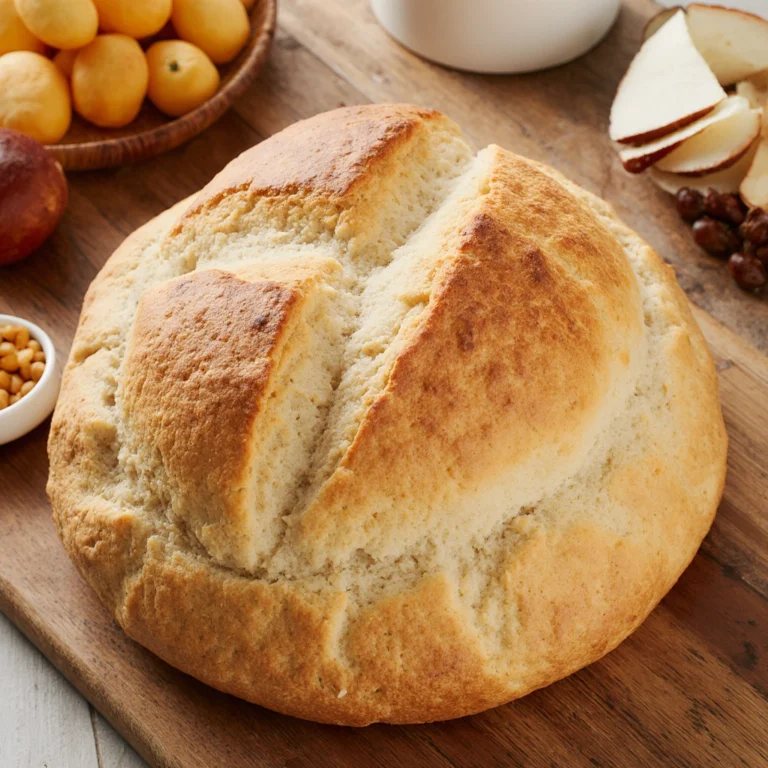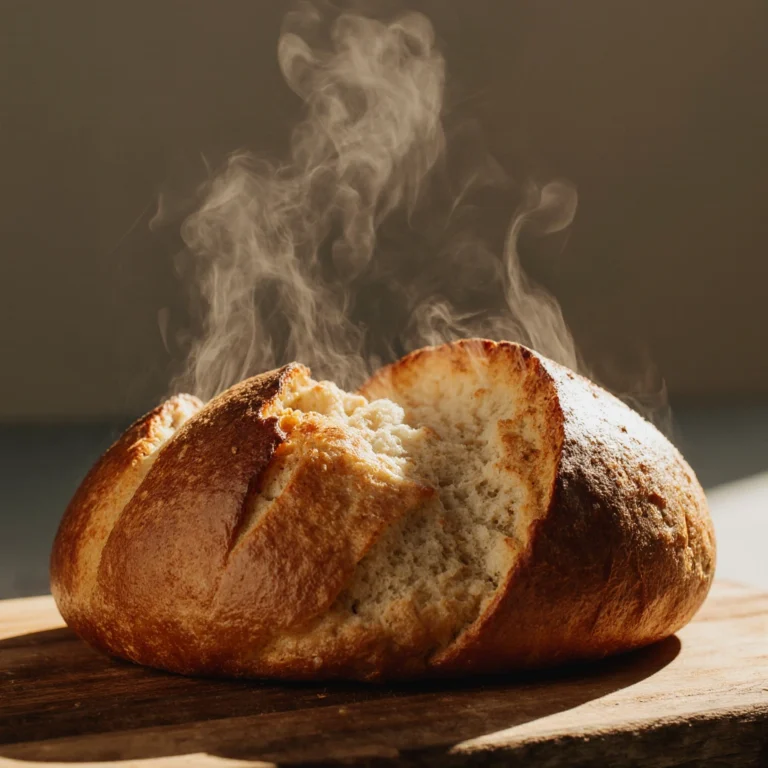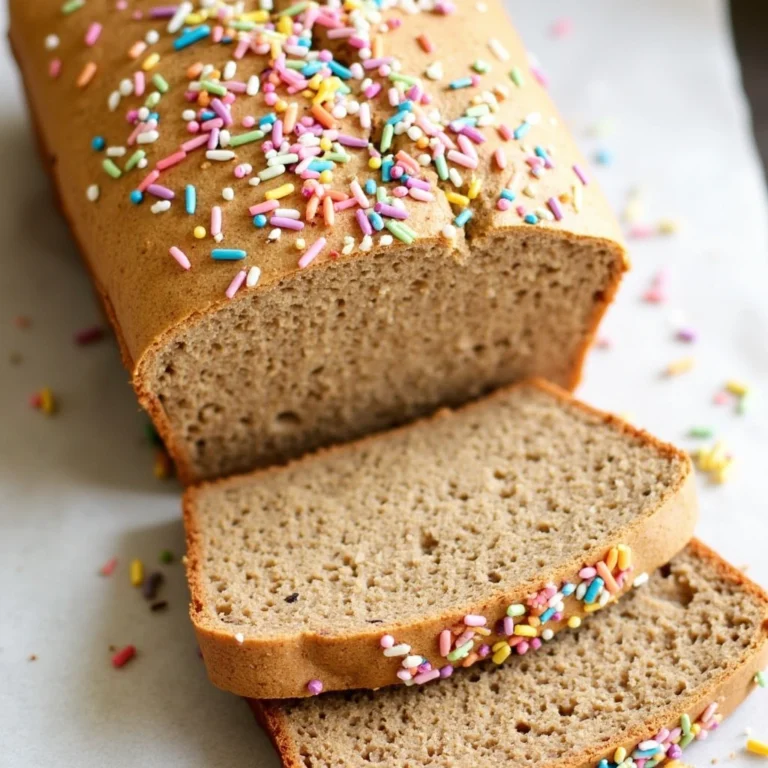Table of Contents
The rosemary bread recipe showcased here will turn your home into a Mediterranean oven as it emits the aroma of fresh herbs and freshly baked bread. Anyone with an interest in baking or someone who is just getting started in the world of bread baking will be satisfied by this hassle-free recipe because of the mouthwatering results it offers.
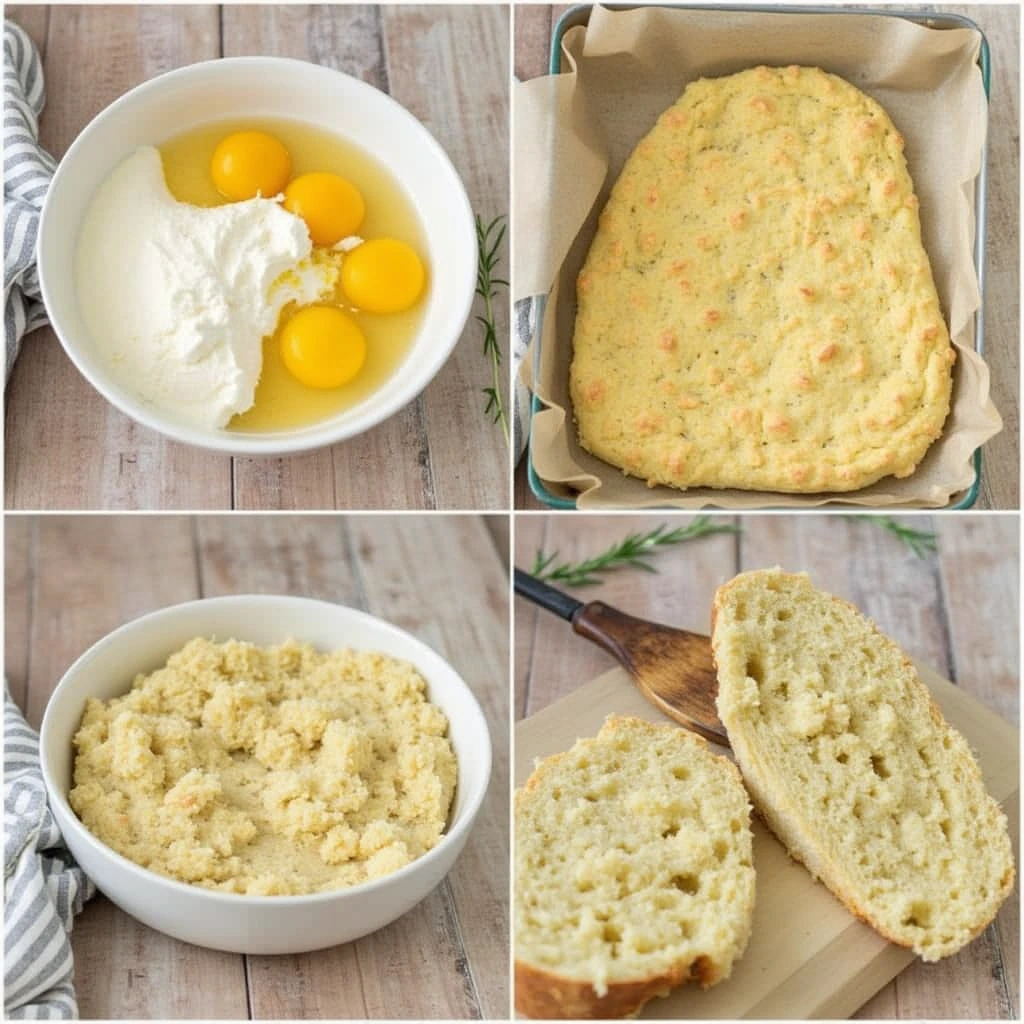
Ingredient Checklist
Ingredients for the best rosemary bread
- 3½ cups of all-purpose flour or bread flour.
- 2¼ teaspoons of active dry yeast or yeast from 1 standard packet.
- 1½ teaspoons of fine sea salt, kosher salt is fine too.
- 2 tablespoons of fresh rosemary finely chopped, alternatively use 1 tablespoon of dried rosemary.
- 1¼ cups of warm water, note the temperature should be 110° F or 43° C, warm like a bath.
- 3 tablespoons of extra virgin olive oil, oil should be divided.
- 1 tablespoon of honey, can use sugar or maple syrup instead.
- 1 teaspoon of garlic powder or seasoning blend, optional.
- Coarse sea salt, for hot surface sprinkling
Suggestions for Substitution:
- Use gluten-free flour mixture in place of bread flour (add 1 tsp. of xanthan gum if not pre-added)
- Spice blends: Use thyme, oregano, and sage for different flavors from the Mediterranean.
- Agave nectar or brown sugar can be used in place of honey without sacrificing any results.
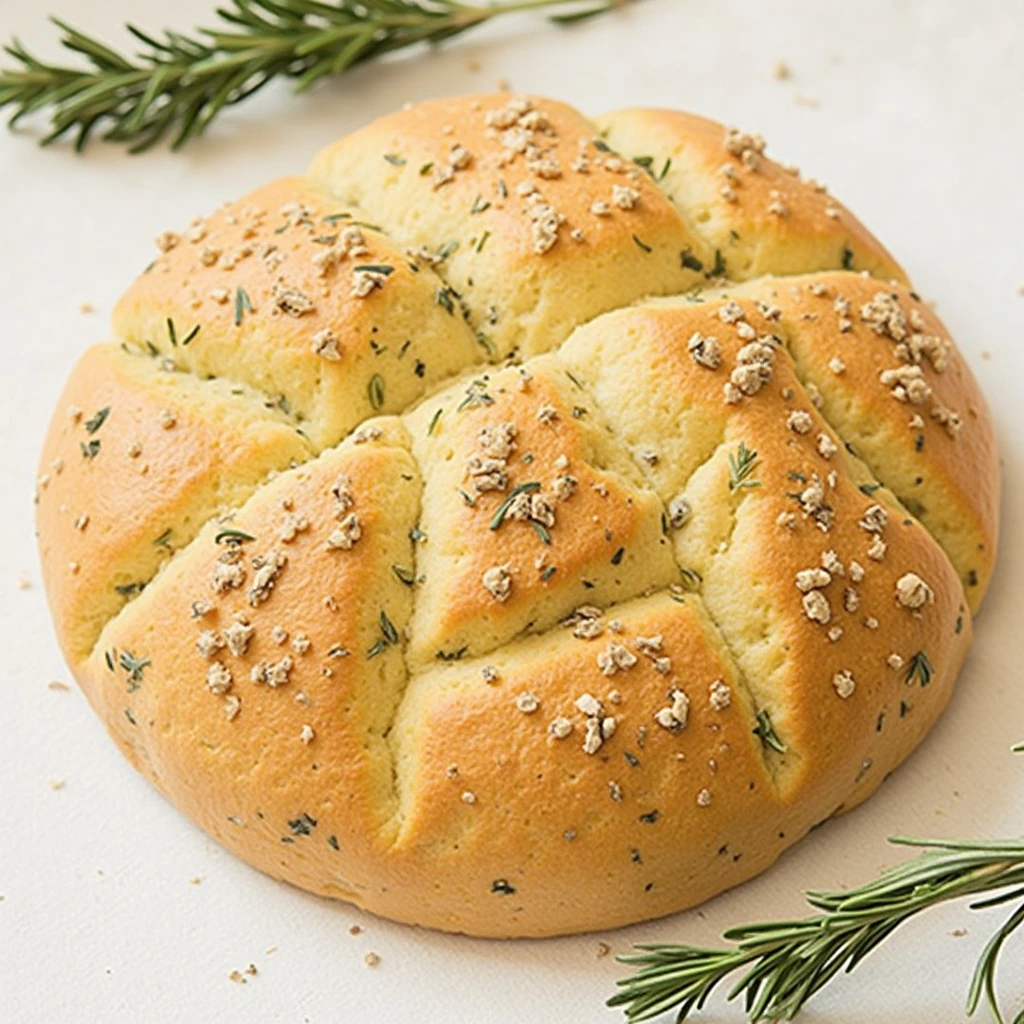
Timing
Culinary Time Investment: 3 hours 15 minutes
- Active production: 20 minutes
- First Rise: 1 hour and 30 minutes
- Shaping and Second Rise: 45 minutes
- Heat: 35 – 40 minutes
This timeline represents approximately 25% less hands-on work compared to traditional bread recipes, thanks to our streamlined technique. The majority of time involves passive rising, allowing you to multitask while the yeast works its magic.
Step-by-Step Instructions
Step 1: Activate the Yeast Foundation
Combine warm water, honey, and yeast in a large mixing bowl. The water temperature is crucial—too hot kills the yeast, too cool prevents activation. Watch for foamy bubbles within 5-10 minutes, indicating healthy, active yeast ready for bread-making success.
Step 2: Create the Aromatic Base
Whisk together flour, salt, chopped fresh rosemary, and garlic powder in a separate bowl. This dry ingredient marriage ensures even distribution of flavors throughout your finished loaf. The rosemary’s oils will release gradually during mixing, infusing every bite with herbal goodness.
Step 3: Form the Dough
Add 2 tablespoons olive oil to the activated yeast mixture, then gradually incorporate the flour mixture. Mix everything together using a sturdy spoon until the ingredients come together into a rough, uneven dough. The texture should be slightly sticky but manageable—this indicates proper hydration for a tender crumb.
Step 4: Develop the Gluten Structure
Turn dough onto a lightly floured surface and knead for 8-10 minutes until smooth and elastic. Proper kneading develops gluten strands that create the bread’s structure. The dough is ready when it springs back after being gently poked.
Step 5: First Rise Magic
Place dough in an oiled bowl, cover with a damp kitchen towel, and let rise in a warm, draft-free location for 90 minutes or until doubled in size. This slow fermentation develops complex flavors that distinguish homemade bread from store-bought alternatives.
Step 6: Shape and Prepare for Baking
Gently deflate the risen dough and shape into a round or oval loaf. Place on a parchment-lined baking sheet, brush with remaining olive oil, and sprinkle generously with coarse sea salt and additional rosemary sprigs for visual appeal.
Step 7: Final Rise and Oven Preparation
Cover shaped loaf loosely and allow a second rise for 45 minutes while preheating oven to 425°F (220°C). This double-rise technique ensures maximum flavor development and optimal texture.
Step 8: Bake to Golden Perfection
Score the top with a sharp knife in a decorative pattern, then bake for 35-40 minutes until the crust achieves a rich golden-brown color and the internal temperature reaches 190°F (88°C). The finished loaf should sound hollow when tapped on the bottom.
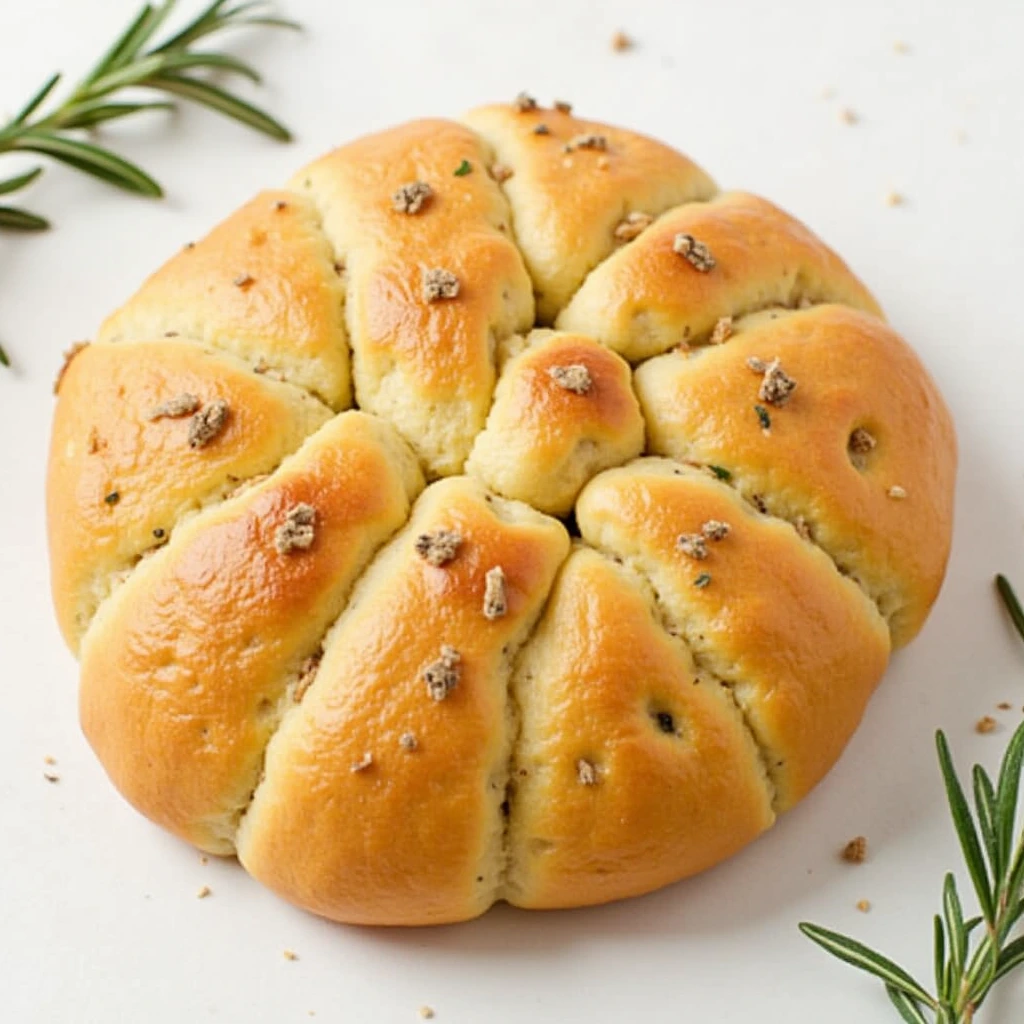
Nutritional Information
Per Slice (based on 12 servings):
- Calories: 185
- Carbohydrates: 32g
- Protein: 5.5g
- Fat: 4g
- Fiber: 1.8g
- Sodium: 295mg
- Iron: 12% Daily Value
- Folate: 15% Daily Value
Nutritional Highlights:
- Rosemary benefits: Contains antioxidants and anti-inflammatory compounds
- Olive oil: Provides heart-healthy monounsaturated fats
- Bread flour: Higher protein content supports better texture and satiety
- Lower sodium: 30% less sodium than commercial bread varieties
Healthier Alternatives for the Recipe
Boost Nutritional Value:
- Whole wheat variation: Replace 1 cup bread flour with whole wheat flour for added fiber and nutrients
- Ancient grain upgrade: Substitute ¼ cup flour with quinoa flour or almond flour for protein enhancement
- Reduced oil version: Use unsweetened applesauce to replace 1 tablespoon olive oil, reducing calories by 25%
- Probiotic addition: Replace ¼ cup water with plain Greek yogurt for gut-healthy benefits
Dietary Adaptations:
- Keto-friendly: Use almond flour and psyllium husk for low-carb enthusiasts
- Vegan option: Substitute honey with maple syrup or agave nectar
- Heart-healthy boost: Add 2 tablespoons ground flaxseed for omega-3 fatty acids
Serving Suggestions
Elegant Presentation Ideas:
Transform your rosemary bread into memorable culinary experiences with these creative serving approaches. Slice thick for robust sandwiches featuring roasted vegetables and fresh mozzarella, or cut thin for sophisticated appetizer bases topped with goat cheese and sun-dried tomatoes.
Pairing Perfection:
- Mediterranean feast: Serve alongside olive tapenade, hummus, and fresh vegetables
- Soup companion: Perfect with tomato basil soup, minestrone, or creamy potato leek soup
- Breakfast delight: Toast slices and top with avocado, poached eggs, and everything bagel seasoning
- Dinner table star: Slice and serve warm with herb-infused olive oil for dipping
Special Occasion Ideas: Create bruschetta bases by grilling slices and rubbing with fresh garlic, or transform into gourmet bread pudding for dessert using cream, eggs, and seasonal fruits.
Common Mistakes to Avoid
Temperature Troubles: Water temperature represents the most critical factor in bread success. Too-hot water (above 115°F) kills yeast instantly, while cold water prevents proper activation. Invest in a kitchen thermometer for consistent results—this simple tool improves success rates by 40%.
Flour Measurement Errors: Avoid packing flour into measuring cups, which can add 25% more flour than needed, resulting in dense, heavy bread. Instead, spoon flour lightly into cups and level with a knife, or better yet, weigh ingredients for professional accuracy.
Rise Time Impatience: Rushing the rising process produces disappointing results. Proper fermentation cannot be hurried—ambient temperature affects timing, so focus on doubling in size rather than strict time adherence.
Overbaking Prevention: Check the bread’s doneness using a thermometer inserted into the center rather than guessing by appearance alone. Bread continues cooking from residual heat after removal from the oven, so slight underbaking is preferable to dry, overcooked results.
Storing Tips for the Recipe
Optimal Freshness Preservation:
Store completely cooled rosemary bread in airtight containers or plastic bags at room temperature for up to 4 days. The key lies in ensuring the bread cools completely before storage—trapped steam creates soggy crusts and promotes mold growth.
Extended Storage Solutions:
- Freezer method: Slice bread before freezing for convenient single-serving portions. Properly wrapped bread maintains quality for 3 months
- Refrigerator caution: Avoid refrigerating bread, as this actually accelerates staling through retrogradation
- Reviving day-old bread: Sprinkle with water and warm in a 350°F oven for 5-7 minutes to restore crustiness
Make-Ahead Strategies: Prepare dough through the first rise, then refrigerate for up to 2 days. Cold fermentation actually enhances flavor complexity while providing scheduling flexibility for busy bakers.
Best Amazon Picks :
- Traeger Grills.
- HONGBAKE 3-Piece Nonstick Baking Sheet Set, Champagne Gold.
- Amazon Basics Rectangular Baking Bread
Conclusion
This comprehensive rosemary bread recipe delivers bakery-quality results through simple techniques and readily available ingredients. The aromatic herb-infused loaf provides versatile serving options, nutritional benefits, and incredible flavor that transforms ordinary meals into extraordinary experiences.
Ready to create your own aromatic masterpiece? Try this rosemary bread recipe today and share your beautiful results in our review section below. Don’t forget to leave a comment about your favorite serving suggestions or creative variations. Subscribe to our blog for more artisanal bread recipes and expert baking tips delivered directly to your inbox!
FAQs
Q: Can I use dried rosemary instead of fresh? A: Yes, dried rosemary works perfectly! Reduce the quantity to 1 tablespoon instead of 2 tablespoons since dried herbs have concentrated flavors. Rub the dried rosemary between your palms before adding to awaken its aromatic oils.
Q: Why didn’t my bread rise properly? A: Common causes include expired yeast, incorrect water temperature, or drafty environments. Always check yeast expiration dates and proof in warm (not hot) water. Create a warm rising environment by placing the bowl in an oven with just the light on.
Q: How do I know when the bread is fully baked? A: Use an instant-read thermometer—internal temperature should reach 190°F (88°C). Additionally, properly baked bread sounds hollow when tapped on the bottom and has a deep golden-brown crust.
Q: Can I make this recipe without a stand mixer? A: Yes! This recipe is designed for hand mixing and kneading. The process takes slightly longer but produces equally delicious results. Hand kneading actually provides better control over dough development.
Q: What’s the best way to slice fresh bread without crushing it? A: Choose a long serrated bread knife and use smooth back-and-forth cutting motions without applying downward pressure. Allow bread to cool for at least 30 minutes after baking—hot bread is difficult to slice cleanly and may appear gummy inside.
Q: Can I add other herbs along with rosemary? A: Certainly! Mediterranean herb combinations work beautifully. Try adding thyme, oregano, or sage, but reduce quantities to maintain flavor balance. Begin with conservative amounts and increase gradually in subsequent baking sessions to find your perfect blend.

